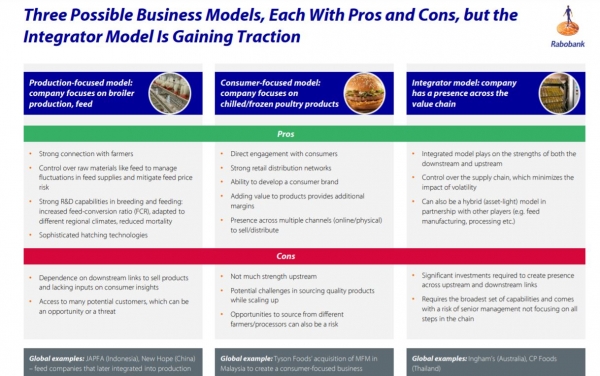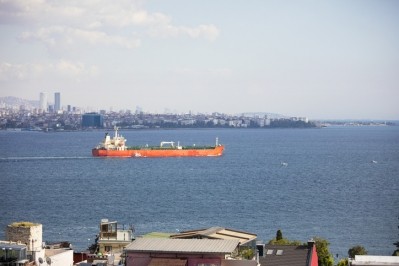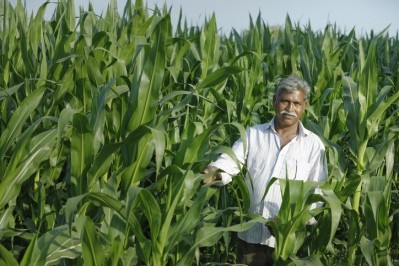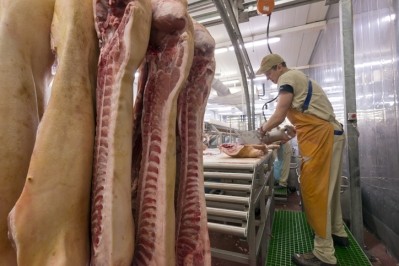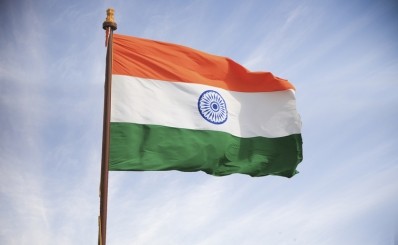India: Growing investment in feed manufacturing to support poultry sector, integration model gaining strength
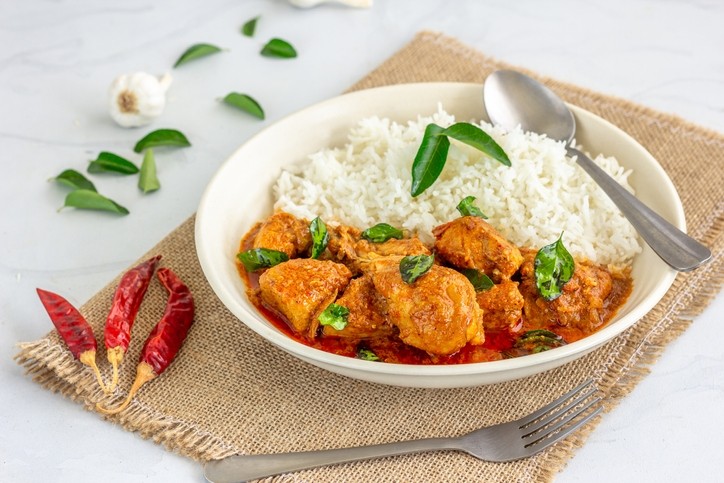
Nevertheless, the poultry market in India is buoyant. The country is the fifth largest poultry producer globally, and poultry meat is the most affordable protein in India, with strong growth potential, said the authors.
“Demographic and economic prospects are strong, with increasing disposable incomes, a young consumer population and a growing urbanization [now 33%]. The market is expected to grow at a double-digit CACR in value terms to 2025,” reads the publication: Building a Future-Fit, Sustainable Indian Poultry Business – More opportunities than Threats in the Next Five Years.
The young demographic supports the development of value-added poultry products, wrote the analysts.
Poultry meat consumption is forecast to reach 6kg to 7kg per capita by 2030, while broiler volumes are set to be near 6 million metric tons [mmt) by 2025, according to that outlook.
And online foodservice and grocery channels are emerging in India; startups with a downstream focus like FreshToHome and Licious are attracting investments, reported the Rabobank team.
Risk issues arising from fluctuations in domestic feed production
Poultry feed demand in India grew at a 7.9% CACR between 2016 and 2019. Broiler feed consumption there is expected to grow at an 8% CACG and to cross 20m mt by 2025, predicted the authors.
The publication stressed that the Indian poultry sector is highly exposed to fluctuations in feed production due to a variety of factors:
- Dependence on monsoons creates fluctuations in feed supply, leading to volatility in feed prices
- Competition with other crops for limited acreage creates supply challenges
- Hedging capability is limited due to capital and feed storage constraints
- High price sensitivity at the consumer level [informal/wet market] limits the ability to pass on feed price increases to consumers
Moreover, the analysts said that demand for Indian non-GMO feed in the global market is encouraging exports, putting pressing on domestic production and prices.
Investment in feed production
The Indian poultry industry is in transition, becoming more integrated and consolidated in its structure, which should help mitigate feed price volatility, said the authors.
“Integration will gain momentum both upstream – feed manufacturing and breeding – and downstream – retail distribution networks, branding.”
Indeed, the authors noted that the integrators’ share of the market is increasing while that of small, independent commercial farms is shrinking.
“Investments in broiler capacity, feed manufacturing, breeding/hatcheries, cold chain, retail distribution networks, poultry processing, and branding are growing.”
Potential business models
Rabobank outlines three potential type of integrator structures India could follow:
